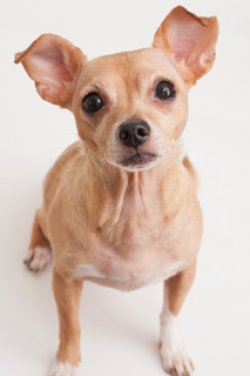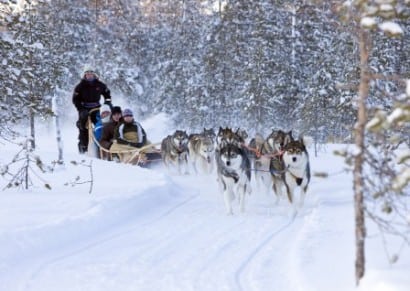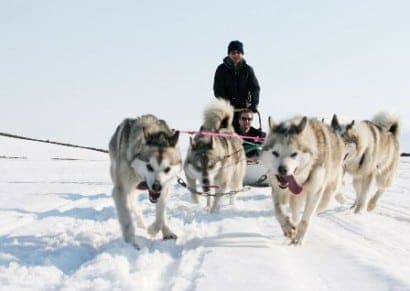PRIMARY school children have been learning how to behave around dogs.
Around 450 pupils from eight different schools in Bromley took part in
the Junior Citizenship Scheme at Malcolm Primary School, in Malcolm
Road, Penge.
Bromley police joined forces with the
London Fire Brigade, RNLI, TfL, parks services, UK Power Network, Tramlink and Battersea Cats and
Dogs Home to help teach Year 6 students important safety lessons.
The Met's Junior Citizenship Scheme co-ordinator, Helen Andrews, said:
"It's to really highlight some of the dangers the children might come
across when they start the transition in to Year 7 and
to make them aware of their responsibilities to act sensibly and
responsibly."
Youngsters met Frank, a six-year-old Staffordshire Bull Terrier, who was rescued and rehomed by Battersea Cats and Dogs Home.
They were told what signs to look out for when a dog is angry, playful and scared.
Education officer for the animal charity, Amy Watson, said: "It's
something Battersea has been doing for a long time. It's a good idea to
make sure people of all ages, especially children, know how
to behave around dogs, not only for themselves but so dogs do not get
scared."
She added: "What we are teaching applies to any dog breed. Any dog has
the capacity to be aggressive if it's trained inappropriately."
Frank performed tricks for the pupils including rolling over, singing and weaving through his owner's legs.
Miss Watson said: "It illustrates the nature of staffies. They are so
keen to please their owner. They want to be rewarded with affection and
love."
She added: "We are hugely over run with staffies. We are desperate for people to give them a second chance.
"They are really good family pets. There's nothing to be scared of if they have been in the right hands."
At the end of the workshop students told News Shopper what they had learnt.
Molly Wise, 10, said: "I thought you should try and run away from a
dog chasing you because they might be dangerous. But now I know you
should stay calm and not get the dog excited."
Amber Lawrence, 11, said: "I learnt that even if the dog does look
nice you shouldn't go up to it. You should ask the owner and your
parents first."
Advice to youngsters from Battersea Cats and Dogs Home
DO
- Be gentle and quiet around dogs
- If you know the owner ask them if you may pat their dog
- Roll you hand in to a fist and allow the dog to sniff you first
- Ask the owner where the dog likes to be stroked
DON'T
- sneak up on a dog

- tease a dog
- stare a dog in the eye
- disturb a dog when it's sleeping or eating
- run away if you see a strange dog in the park
- assume that a dog will always want to play
- pat a dog that is on its own
If you are frightened by a dog
- stand still
- fold your arms across your chest
- look at the ground or the sky
- do not shout or scream or jump around lots - be boring
If you are pushed over by a dog
- curl up in to a ball and stay still
- be boring
- wait for an adult
Article by
Kelly Smale
For this is Local London














